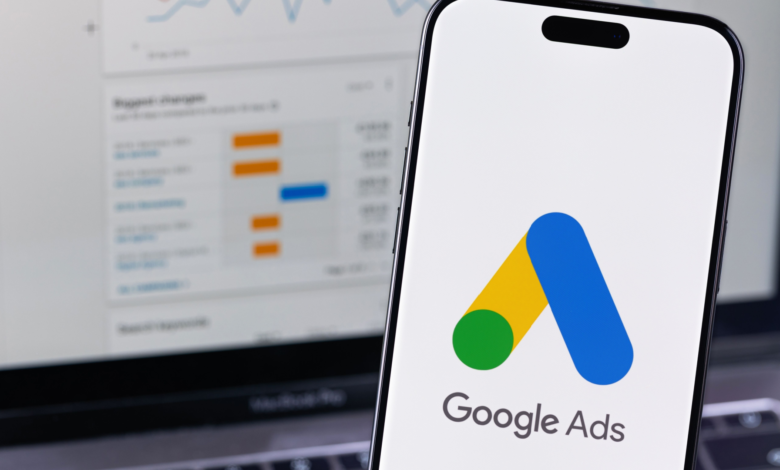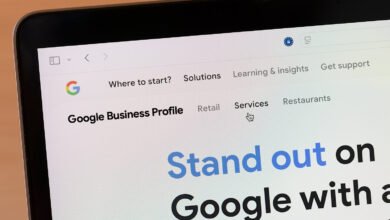Google to Retire Call-Only Ads by 2027

▼ Summary
– Google will retire Call-Only Ads in February 2027, requiring advertisers to switch to Responsive Search Ads with Call Assets.
– Advertisers should prepare by enabling call reporting, using smart bidding, and linking their Google Business Profile.
– This change impacts businesses that rely on phone leads, especially in local services, and requires strategy adjustments.
– Proactive migration is essential to avoid disrupted lead generation and performance drops before the 2027 deadline.
– Google has provided step-by-step guidance for the transition, emphasizing adaptation to a responsive, AI-optimized ad system.
Google has officially announced the retirement of its Call-Only Ads format, with the ability to create new campaigns ending in February 2026 and a complete phase-out scheduled for February 2027. Businesses that depend on phone calls for generating leads must now shift their focus to Responsive Search Ads enhanced with Call Assets. This change reflects Google’s broader push toward more flexible, automated advertising solutions that leverage machine learning for improved performance.
To navigate this transition smoothly, advertisers should take several proactive steps. Begin by converting existing Call-Only campaigns into Responsive Search Ads and integrating Call Assets to maintain phone visibility. Activating call reporting and designating call conversions as a primary campaign goal will help track performance accurately. Implementing smart bidding strategies, such as Maximize conversion value, can enhance return on investment by allowing Google’s algorithms to optimize bids in real-time. Additionally, linking your Google Business Profile ensures ads remain relevant for local searches, while restricting call availability to actual business hours helps prevent wasted leads and improves customer experience.
This shift carries significant weight for many marketers. Call-Only Ads have long been a preferred tool for service-based and local businesses that thrive on direct phone inquiries. Their removal requires a strategic overhaul to sustain call volume and lead quality. Marketers who delay adapting their campaigns risk a noticeable dip in performance as the 2027 deadline approaches.
Advertisers currently have roughly sixteen months to complete the migration. Google has already released updated support documentation with clear, step-by-step instructions for moving campaigns and maximizing their effectiveness. While the Call-Only Ad format is disappearing, the importance of phone calls as a conversion channel is not. Future success will hinge on how effectively businesses integrate their call-focused strategies into Google’s evolving, responsive, and AI-driven advertising environment.
(Source: Search Engine Land)





